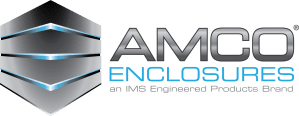
Just as the broader information technology industry continues to evolve, so do data centers. Globalization and the increasing rate of information sharing are both contributing factors to these changes. IT racks are no longer uniform, nor are the rooms that contain them. So, what can we expect to develop over the rest of this year? These are just a few of the trends we are seeing right now.
- In-House Data Centers: It is predicted that the international market for cloud equipment will reach $79.1 billion in 2018. And for good reason. More companies are adopting their own server racks rather than relying on mass data centers. This means that more companies will be installing cold and hot aisle containment solutions and training their employees to manage this technology.
- Data Job Growth: With the growth of the data center industry, there will be an inherent need for more jobs. Companies are installing their own data racks, which means that they will need to hire and train new technicians. This will introduce new professionals into the IT industry and also offer growth opportunities for those working in similar jobs.
- Fog Computing: Having made headlines during the first half of this year, fog computing is a twist on more traditional cloud computing. Rather than concentrating the data in one center, this method involves pieces of one data set sprinkled across multiple data centers. This new technology also presents the need for new facilities and updated technology.
- Custom Configurations: Data cabinets are no longer cookie cutter models of each other. Companies are now customizing their products to suit their own needs. For example, those operating in earthquake risk zones may choose to install seismic racks. These racks are now available in different strengths and colors to provide a unique solution to every business.
From specific cold and hot aisle containment solutions to the data rack hardware, the entire data center industry will need to adapt to widespread change. Fortunately, these adaptions are worth it to create a more quick and secure data environment. As we troubleshoot rapid change, we are contributing to the success of the data center industry overall.
